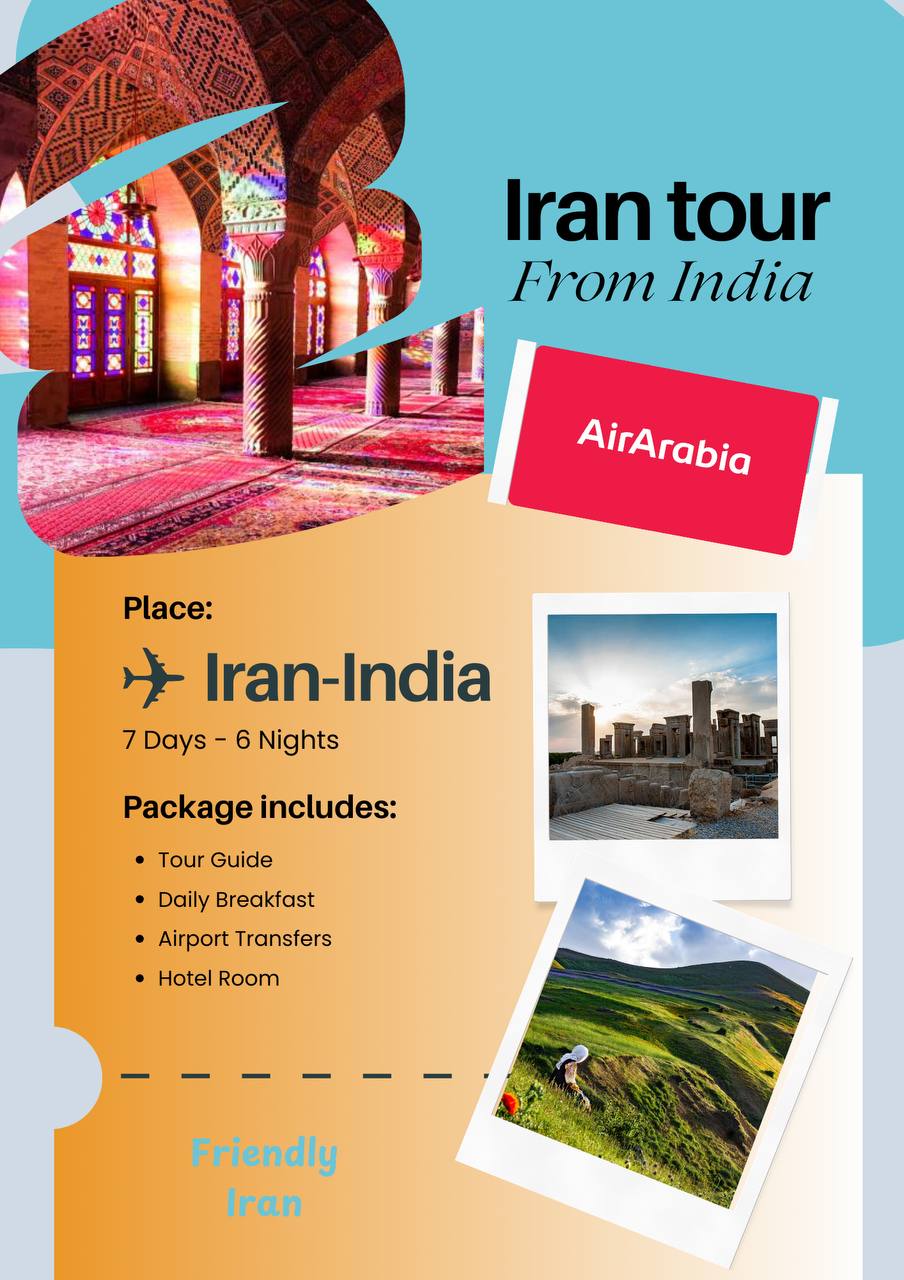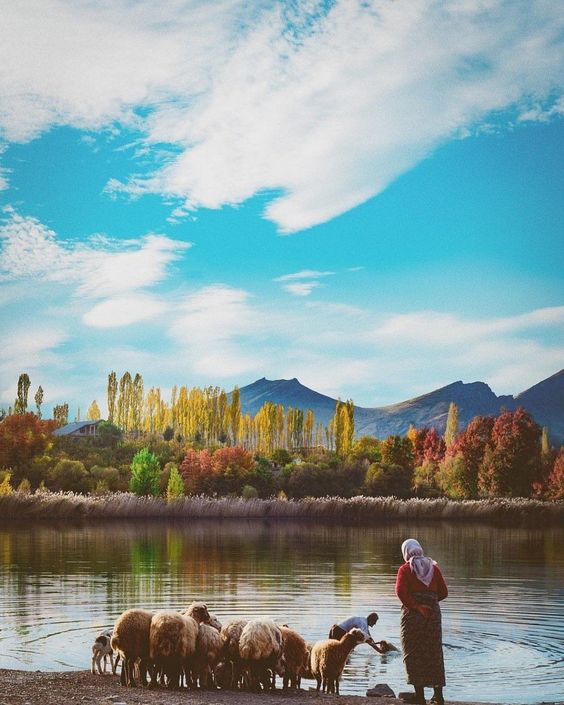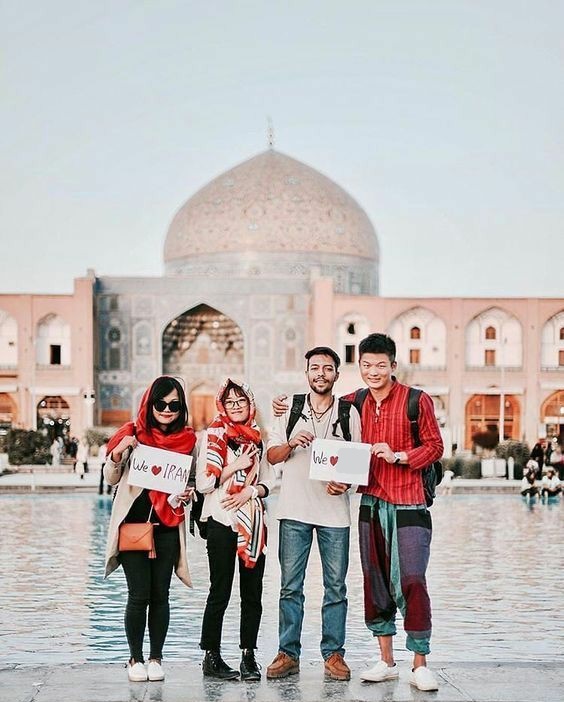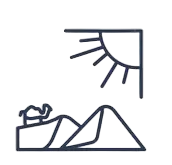This Persian Nomad Adventure happens in nomadic areas of western and southwestern Iran where the famous tribe of Bakhtiari migrates twice a year from Lorestan to Khuzestan searching pasture for its herds. Bakhtiari Nomads live at the skirts of Mt. Zagros ranges, they spend the warm seasons in their summer quarters (Sardsir or Yaylaq) and in autumn they go to valleys and the plains of their winter quarters (Garmsir or Qeshlaq). Bakhtiari literally means “companion of fortune”, is a subgroup of Lurs and the Bakhtiari dialect belongs to the Luri language. The documentary Grass: A Nation’s Battle for Life (1925) reveals the story of the migration of the Bakhtiari Tribe.
We can start our tour from Tehran or other main cities, if you prefer, and reach the city of Khorramabad, Lorestan’s capital. From Tehran, we need to pass Qom, Arak, and Boroujerd to reach this city. The history of Khorramabad dates back to the Elamite era, a thousand years ago. Khorramabad is famous due to its fascinating history, pleasant weather with high rainfall especially in spring, mountains, green valleys containing beautiful rivers and waterfalls, scenic landscapes, groundwater resources, natural springs, and unique villages with friendly people.
The best seasons to experience the nomad tour of western cities are spring and autumn.
















